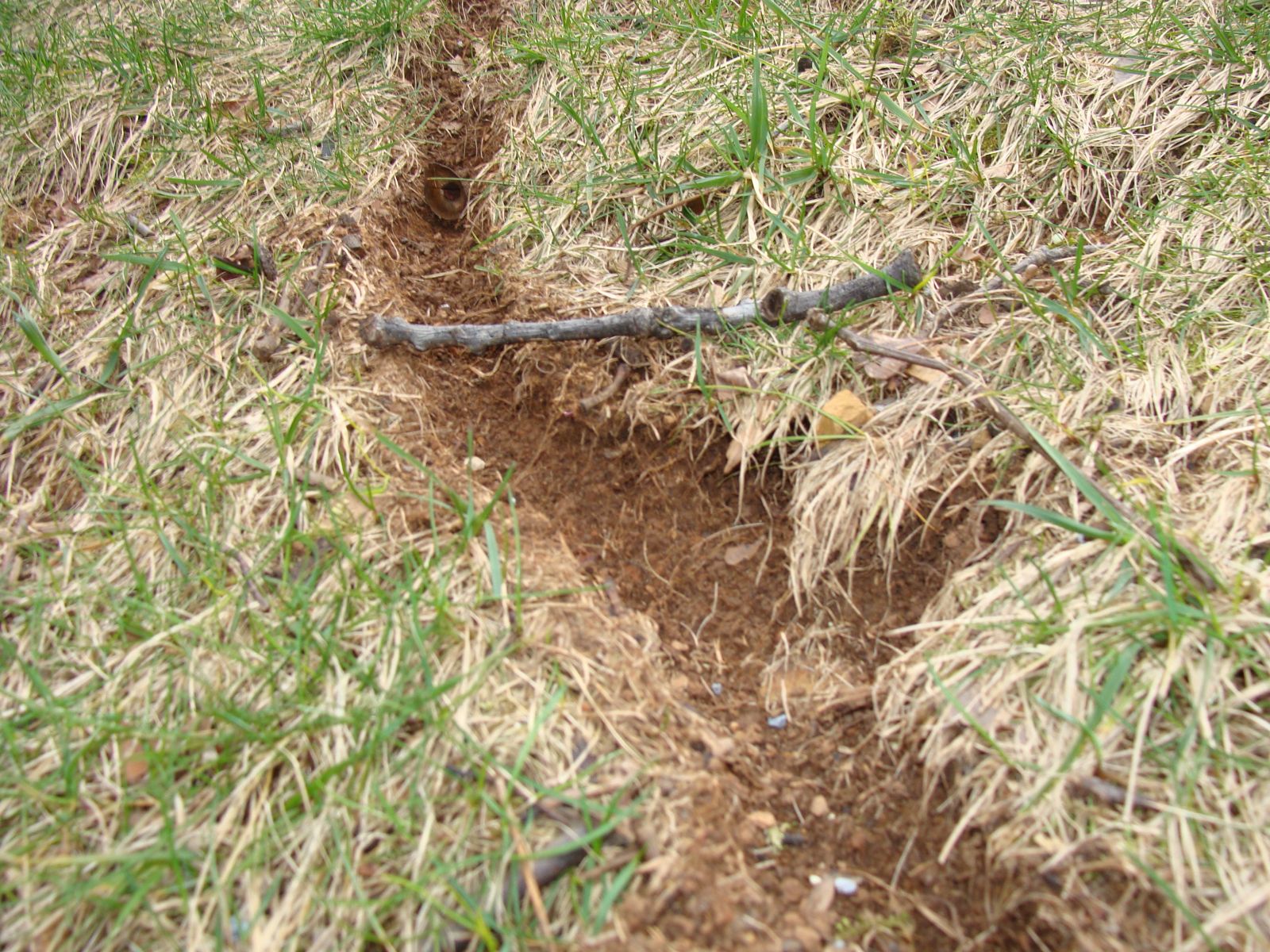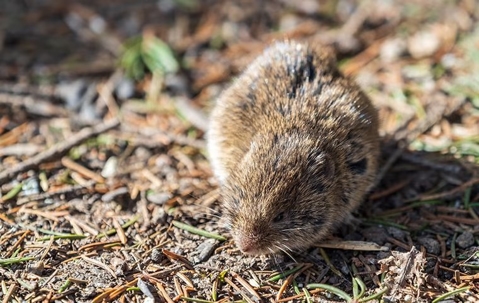Shield Your Grass: Reliable Vole Control Techniques
Shield Your Grass: Reliable Vole Control Techniques
Blog Article
Comprehensive Overview to Effective Vole Bug Control: Invasion Recognition and Therapy Approaches
In the realm of reliable pest control, vole infestations posture a special obstacle that requires a critical strategy. These little rodents, often mistaken for mice, can unleash mayhem on yards, lawns, and crops if left unattended. Recognizing the indicators of vole existence and executing targeted therapy approaches are important components of a successful pest management strategy. By exploring the subtleties of vole habits, understanding crucial indicators of invasion, and reviewing a series of control options, one can develop an extensive technique to combat these evasive pests.
Understanding Vole Behavior
Vole actions is characterized by their tunneling routines and quick reproduction rates, making them a difficult bug to manage efficiently. These tiny rodents normally develop intricate tunnel systems underground, using them for sanctuary, food storage space, and transport. Voles are herbivores, consuming a variety of plants, origins, light bulbs, and yards, which can cause significant damage to yards, orchards, and yards. Their fast reproductive price more makes complex control initiatives, with females capable of producing numerous clutters in a solitary year, each having numerous children.
Recognizing vole habits is crucial for efficient pest control strategies. By recognizing their burrow locations, keeping an eye on feeding locations, and executing targeted control techniques, such as capturing or habitat adjustment, vole invasions can be managed effectively.
Indicators of Vole Infestation

Prevention Methods
Implementing reliable avoidance methods is critical in minimizing vole infestations and safeguarding plant life from their devastating feeding practices. To stop vole invasions, it is important to start by removing prospective food resources and sanctuary.
Consistently evaluating the home for indications of vole activity, such as paths and tunnel openings, is important for early detection and punctual action. If vole activity is believed, consider using repellents or catches tactically positioned near their pathways. Utilizing natural killers like snakes or owls can additionally help maintain vole populaces in check. By executing a mix of these prevention approaches, homeowners and gardeners can successfully safeguard their vegetation from vole damages.
Non-Lethal Control Techniques
To effectively take care of vole populaces while prioritizing humane methods, non-lethal control approaches offer useful options for lowering vole damages check over here in landscapes and yards. One reliable approach is the usage of physical barriers such as equipment towel or cord mesh to shield at risk plants. These barriers can be buried a minimum of 12 inches bent and deep at a 90-degree angle to stop voles from tunneling below. In addition, environment alteration can hinder voles site web by reducing their chosen food sources and concealing places. Keeping a well-mowed lawn, eliminating debris, and keeping vegetation cut can make the atmosphere less attractive to voles.

Lethal Control Options
One effective method for dealing with vole problems in landscapes and yards entails the strategic usage of dangerous control choices. When encountered with an extreme vole infestation that non-lethal approaches have fallen short to consist of, implementing lethal control procedures ends up being critical. On the whole, when utilizing deadly control options, it is vital to do so responsibly and in accordance with regional guidelines to effectively manage vole problems.
Verdict
In conclusion, efficient vole parasite control needs a thorough understanding of vole actions, recognition of signs of problem, application of avoidance methods, and usage of both non-lethal and lethal control techniques. By combining these approaches, people can properly manage vole populations and safeguard their residential or commercial property from damage. It is essential to address vole infestations quickly to prevent additional issues and lessen the influence on the surrounding setting.
Given the detailed tunnel systems and her comment is here fast recreation rates particular of voles, recognizing the indications of vole infestation comes to be crucial in efficient parasite control. One of the main indicators of vole visibility is the existence of surface paths or tracks in lawn or snow, typically about 1-2 inches large, developed as voles travel between their burrows and food resources.To effectively manage vole populations while prioritizing gentle approaches, non-lethal control techniques use practical remedies for minimizing vole damages in yards and landscapes.One efficient approach for dealing with vole problems in landscapes and yards includes the calculated usage of dangerous control alternatives. vole yard damage.In verdict, reliable vole bug control needs a thorough understanding of vole habits, identification of indications of infestation, implementation of prevention techniques, and application of both lethal and non-lethal control approaches
Report this page